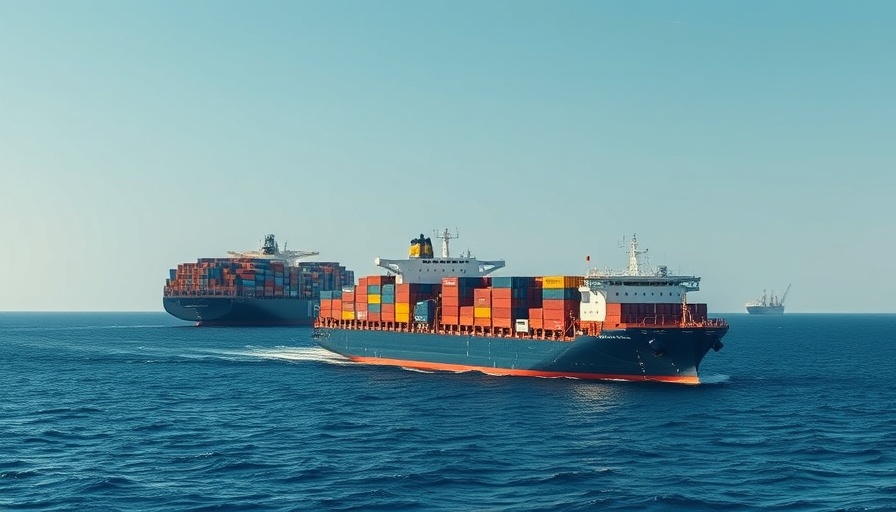
The Shifting Landscape of Global Trade: What It Means for Businesses
The geopolitical landscape has become increasingly volatile, reshaping the way nations interact economically. According to McKinsey's insights on global trade corridors, businesses can expect significant changes as the world grapples with shifting trade routes. With projections indicating up to $12 trillion in trade growth by 2035, the variations in how this trade manifests could be stark depending on different economic scenarios.
Trade Growth: Not a Guarantee
While the outlook for trade appears optimistic with a broad increase, the potential growth is not guaranteed. In a baseline scenario, global trade could reach $45 trillion, marking a 35% increase from current values. However, risks emerge; if companies focus on diversifying supply sources, about $1 trillion of that growth may be missed. In a fragmentation scenario—where countries begin trading less with geopolitically distant nations—this figure can swell to $3 trillion lost. This volatility presents challenges for corporate strategists who must now navigate an unpredictable terrain.
Identifying Safe Trade Corridors
Those looking to insulate their businesses from these uncertainties may want to look toward emerging economies. McKinsey portrays a future where trade corridors connecting these regions could be among the most reliable. Of the largest 50 trade corridors analyzed, a significant portion is expected to see strong growth, even under strained geopolitical conditions. This information is crucial for decision-makers as they strategize on routes to safe havens for trade.
The Impact of Sector Dynamics
Another critical element to consider is how different sectors will respond to these shifts. Electronics, textiles, and machinery are poised to experience considerable changes. As these manufacturing chains often involve multiple countries—including those with political tensions—companies involved in these sectors must be particularly vigilant. Increased tariffs and trade barriers could threaten supply lines and increase costs, emphasizing the need for organizations to prepare accordingly.
Current Events and Their Implications
The intricacies of global trade are not just academic but have real-world implications that executives cannot afford to ignore. The recent fluctuation in tariffs and the resurgence of industrial policy illustrate how quickly the trade environment can change. Decision-makers looking to flourish must be aware of these trends and align their strategies accordingly. Failure to adapt could mean losing out on opportunities that arise as trade corridors ebb and flow.
Preparing for Change: A Call to Action
Businesses need to arm themselves with knowledge about these complex dynamics. By anticipating potential changes in trade environments and developing comprehensive value creation strategies, organizations can start to make informed decisions about future operations. It's crucial for leaders to engage in scenario planning and consider how their strategies can pivot in response to these uncertainties. Rather than merely waiting for changes to unfold, proactive strategizing can put companies ahead of the curve.
Ultimately, navigating the new trade paradigm requires understanding how interconnected the global system is and preparing for volatility. As we keep our eyes on developing corridors, executives and decision-makers must remain adaptable to capitalize on emerging opportunities and mitigate potential risks.
 Add Row
Add Row  Add
Add 




Write A Comment